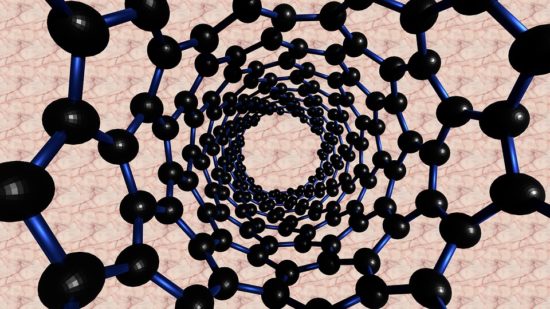Small particles act smart against superbugs
Nanoparticles have to potential to be effective, novel antibiotics, but so far the reality has not lived up to the promise. Now researchers have found a simple and effective way to boost the bactericidal activity of metal and semiconductor nanoparticles, overcoming acquired resistance.
“Antimicrobial resistance is a serious concern to global public health,” explains Roland H. Stauber of the University Medical Center of Mainz in Germany, who led the research along with Shirley K. Knauer and colleagues from the University of Duisberg-Essen. “Increasingly, many bacterial strains are displaying resistance to commonly used and last resort antibiotics.”
Metal, metal oxide, and semiconductor nanoparticle-based antimicrobials have the potential to tackle these pathogens. The novel antibacterial properties of nanoparticles stem from the release of toxic metal ions, the generation of light-activated free radicals, local heating via surface plasmon resonance, or physical damage to bacterial membranes.
“Antibacterial nanoparticles are already widely used in consumer products, including clothes, paint, water purifiers, etc., and being studied for clinical applications such as wound dressings,” points out Stauber. “To our knowledge, however, nanoantibiotics have not yet made it into broad clinical applications.”
Source and further reading: MaterialsToday
Smart Innovations


